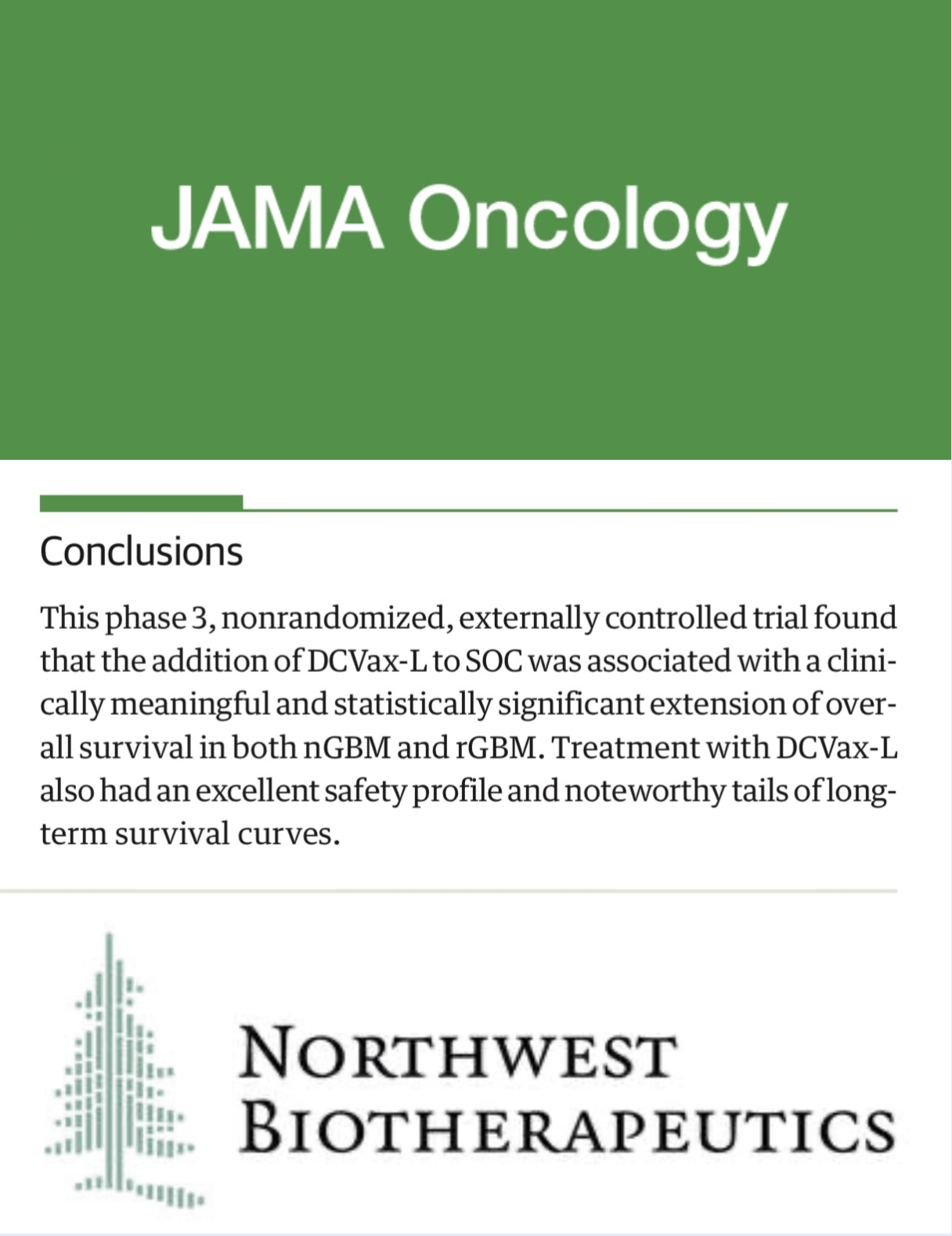急性髓性白血病异基因移植前可测量的残留 FLT3 内部串联重复
IF 22.5
1区 医学
Q1 ONCOLOGY
引用次数: 0
摘要
重要性在首次完全缓解(CR)的急性髓性白血病(AML)成人患者中,异基因造血细胞移植(HCT)前FLT3内部串联重复(ITD)的存在与移植后复发和死亡的增加有关,但检测到的可测量残留疾病(MRD)水平与临床结果之间的关系尚不清楚。设计、设置和参与者在这项队列研究中,对2013年3月至2019年2月期间移植的FLT3-ITD急性髓细胞性白血病患者的首次CR血液进行了DNA测序。临床随访至 2022 年 5 月。主要结果和测量指标主要结果是总生存期和累积复发率,非复发相关死亡率是异基因HCT后的竞争风险。结果 Pre-MEASURE研究共纳入537例FLT3-ITD急性髓细胞白血病患者,其中296例(55.1%)为女性,中位(IQR)年龄为55.6(42.9-64.1)岁。采用变异等位基因分数(VAF)阈值 0.01% 或更高来判定 MRD 阳性,结果与之前报告的结果非常吻合。在不使用 VAF 阈值(VAF 大于 0%)的情况下,发现了 263 个 FLT3-ITD 变异(中位数[范围] VAF,0.005% [0.0002%-44%])和 177 名患者(33.0%)的阳性结果。多变量分析显示,残留的FLT3-ITD是与复发和总生存率最相关的变量,且与剂量相关。与接受美法仑或髓鞘剥脱减低强度调理的患者相比,接受不含美法仑或非髓鞘剥脱调理的减低强度调理的患者在任何给定的MRD水平下的复发和死亡风险都会增加。结论与相关性这项研究提供了可推广且适用于临床的证据,即在接受同种异体造血干细胞移植前,在首次CR的急性髓细胞性白血病成人血液中检测到残留的FLT3-ITD与复发和死亡风险增加有关,尤其是那些VAF为0.01%或以上的患者。虽然移植调理强化这一并非所有人都能采取的干预措施可能有助于降低部分风险,但对于目前的治疗标准无法满足的高风险患者群体来说,有必要采取其他方法。本文章由计算机程序翻译,如有差异,请以英文原文为准。
Measurable Residual FLT3 Internal Tandem Duplication Before Allogeneic Transplant for Acute Myeloid Leukemia
ImportancePersistence of FLT3 internal tandem duplication (ITD) in adults with acute myeloid leukemia (AML) in first complete remission (CR) prior to allogeneic hematopoietic cell transplant (HCT) is associated with increased relapse and death after transplant, but the association between the level of measurable residual disease (MRD) detected and clinical outcome is unknown.ObjectiveTo examine the association between pre–allogeneic HCT MRD level with relapse and death posttransplant in adults with AML in first CR.Design, Setting, and ParticipantsIn this cohort study, DNA sequencing was performed on first CR blood from patients with FLT3 -ITD AML transplanted from March 2013 to February 2019. Clinical follow-up was through May 2022. Data were analyzed from October 2022 to December 2023.ExposureCentralized DNA sequencing for FLT3 -ITD in pre–allogeneic HCT first CR blood using a commercially available kit.Main Outcomes and MeasuresThe primary outcomes were overall survival and cumulative incidence of relapse, with non–relapse-associated mortality as a competing risk post–allogeneic HCT. Kaplan-Meier estimations (log-rank tests), Cox proportional hazards models, and Fine-Gray models were used to estimate the end points.ResultsOf 537 included patients with FLT3 -ITD AML from the Pre-MEASURE study, 296 (55.1%) were female, and the median (IQR) age was 55.6 (42.9-64.1) years. Using the variant allele fraction (VAF) threshold of 0.01% or greater for MRD positivity, the results closely aligned with those previously reported. With no VAF threshold applied (VAF greater than 0%), 263 FLT3 -ITD variants (median [range] VAF, 0.005% [0.0002%-44%]), and 177 patients (33.0%) with positive findings were identified. Multivariable analyses showed that residual FLT3 -ITD was the variable most associated with relapse and overall survival, with a dose-dependent correlation. Patients receiving reduced-intensity conditioning without melphalan or nonmyeloablative conditioning had increased risk of relapse and death at any given level of MRD compared with those receiving reduced-intensity conditioning with melphalan or myeloablative conditioning.Conclusions and RelevanceThis study provides generalizable and clinically applicable evidence that the detection of residual FLT3 -ITD in the blood of adults in first CR from AML prior to allogeneic HCT is associated with an increased risk of relapse and death, particularly for those with a VAF of 0.01% or greater. While transplant conditioning intensification, an intervention not available to all, may help mitigate some of this risk, alternative approaches will be necessary for this high-risk population of patients who are underserved by the current standard of care.
求助全文
通过发布文献求助,成功后即可免费获取论文全文。
去求助
来源期刊

JAMA Oncology
Medicine-Oncology
自引率
1.80%
发文量
423
期刊介绍:
JAMA Oncology is an international peer-reviewed journal that serves as the leading publication for scientists, clinicians, and trainees working in the field of oncology. It is part of the JAMA Network, a collection of peer-reviewed medical and specialty publications.
 求助内容:
求助内容: 应助结果提醒方式:
应助结果提醒方式:


